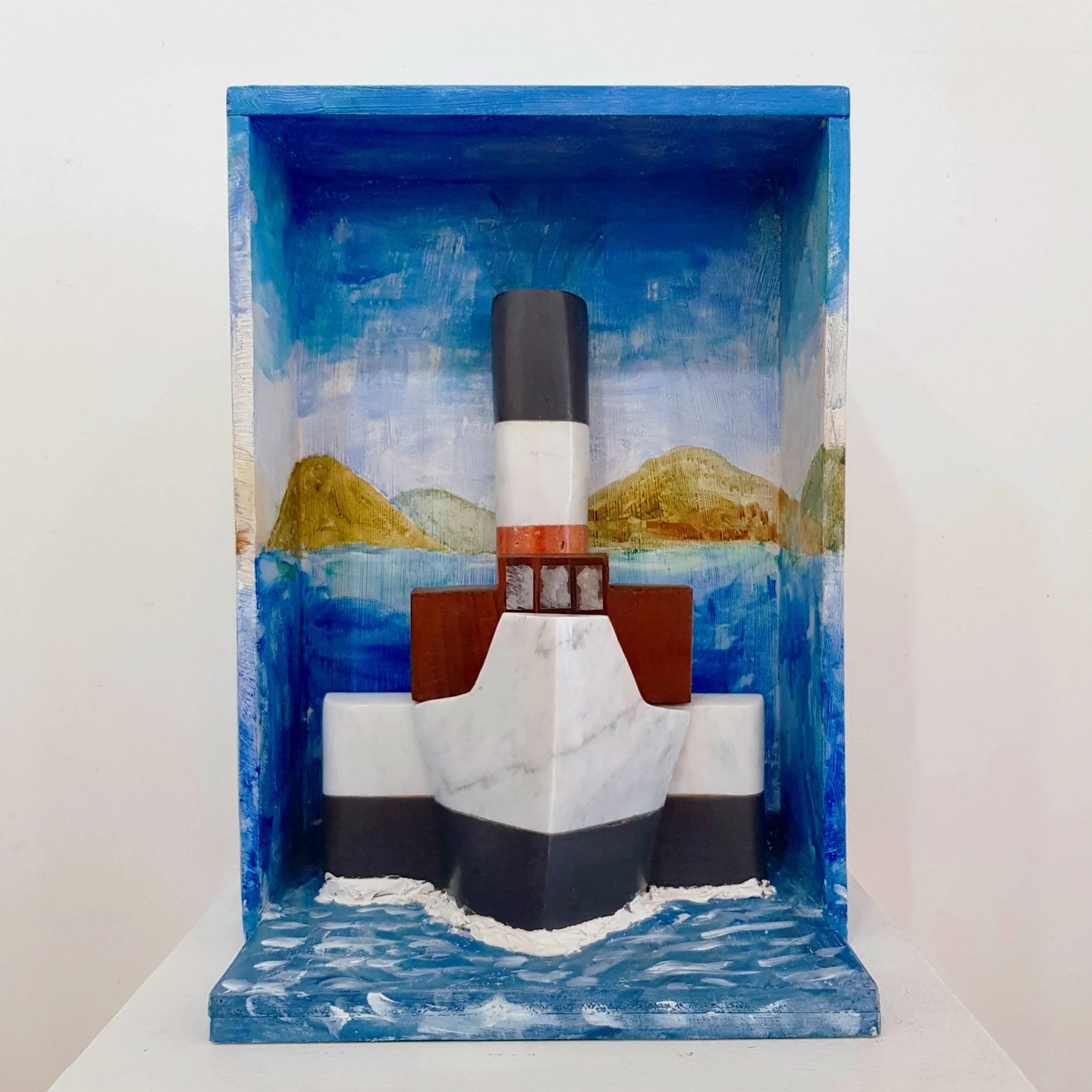The Pale Face of Fashion
14 October 2021
Hedgerow furniture, made of sustainable chestnut, sycamore and ash, reflects both interior design trends and a growing eco-friendly mindset.
Richard Negus
Richard Negus is a hedgelayer, wildfowler and conservationist who writes regularly for Shooting Times.
The author at Fleabarn Farm.
Image courtesy of Richard Negus.
Whenever I am introduced to someone at a social function and the often stilted conversation makes its way to the “What do you do?” phase, my reply tends to elicit the sort of reply you’d get, I imagine, if you said you were a leech collector or a wheelwright. “I am a hedgelayer,” I inform my new acquaintance. I then stand back to avoid the spluttering of crisps as they reply with a “really” or “well I never” or occasionally “is that legal?” Hedge laying is an ancient profession, yet one with a new lease of life. The government has realised that our nation’s neglected hedgerows are a carbon store, a home to wildlife and a source of timber. Hedgelayers have a regenerative relationship with wood, usually hazel, hawthorn, maple and blackthorn. We are similarly intimate with the hedgerow tree staples of oak, ash, elm and boisterous sycamore. Trees that work in the hedge are left, those that threaten to ‘shade out’ are laid and bound. A few hundred years ago when hedgelayers were neither invited to drinks parties nor scarce, they were vital to country furniture makers. Whilst the brash they cut was bound for faggots and the larger limbs cut for fire wood, the trees they felled in the hedge had a more lasting role to play. This timber was fashioned into tool handles, beams for barns or it became honestly robust tables and chairs that served in farmhouses and tenants’ cottages. No place there for exotic timbers from far flung parts of the world, such fancies were only seen in the big house. As a modern hedger, I am just as likely to use a chainsaw as I am my billhook and I shun wearing a smock. But, like those who came before me, I supply local craftsmen with wood.
Adam Bragg, Ash Chair.
Image courtesy of Adam Bragg.
Adam Bragg’s workshop is hidden away on a farm some ten miles from Bury St Edmunds. A graduate of the Chippendale International School of Furniture, Adam and I have been friends for a number of years. We have, for a long time, shared a passion for pike fishing and recently, we have started to look at using the timber I fell either in hedges or in coppice woodland, where I glean the hazel stakes and binders used in my trade. Adam is all too aware that French polished, traditionally made monoliths in deep brown hues are no longer en vogue. “Isn’t it a pity there isn’t a Walnut Furniture Land?” said Adam, ruing the current trend for painted oak and retro 1970s styling. As an advocate for and practitioner of true craftsmanship, I get the impression he is somehow a man out of time. However, Adam is a canny businessman, he knows that to ignore the trend for simpler, more contemporary lines, is a path to an empty order book. Therefore the exquisite bespoke furniture he makes, uses the wood and finishes that modern palates demand.
The taste for ‘pale’, I suspect, is not mere fashion, it is led by today’s buyers being mindful of environmental issues surrounding timber. International restrictions on logging are such that mahogany, rosewood and ebony are nigh on unobtainable. The chestnut, sycamore and ash that I fell whilst hedging or coppicing is not only sustainable, but gives Adam access to local materials that suit today’s taste. Curiously, the wood I fell in my traditional job and supply to my traditionalist pal, is the timber that would once have been deemed only suitable for the peasantry. The wealthy Squires of today, whilst relishing Adam’s hand crafted conventions, demand the pallid clean lines of modernity. I asked Dr Adam Bowett, Chairman of the Chippendale Society, about the history of ‘hedgerow furniture’. “Hedgerow timber’, he told me, ‘was the last resort for furniture makers. It is knotty and rarely straight. It requires a lot of wrestling, when compared with imported woods.”
Before and after hedgelaying at Heveningham.
Image courtesy of Richard Negus.
Adam Bragg, Sycamore Table.
Image courtesy of Adam Bragg.
Which particular woods were used in furniture making tended to reflect local availability. Areas served by a canal or river networks, or later rail, were able to produce furniture that utilised imported timber. Those in more isolated locations had to make do with what they could get their hands on. That is not to say that furniture crafted from hedgerow timber was the exclusive preserve of bumpkins. Dr Bowett notes “Woodworkers prized the veneers obtained from burred wood, such as the maple, yew and elm seen in Tunbridge ware. Fungus affected brown oak was similarly regarded for high end furniture.” Today, imported timber costs are rising exponentially and provenance and sustainability are becoming governing factors for those commissioning handcrafted furniture. How interesting then, that my unashamedly rustic craft produces (in admittedly small amounts) an on-trend material for 21st Century furniture. At £60 for a plank of decent sycamore, I may just earn enough out of it to splash out on some new buskins.









